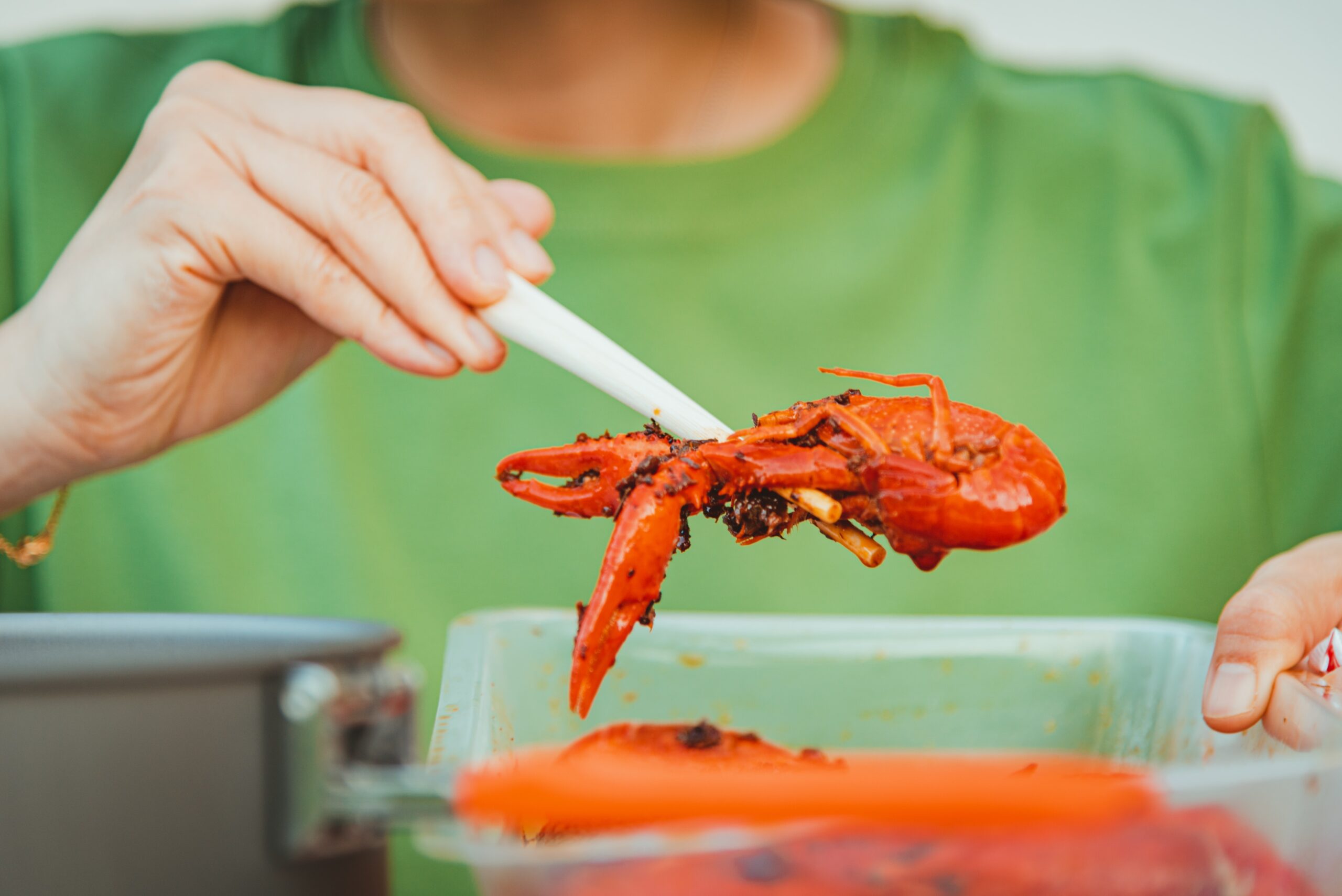Data shows that 56% of Americans consume seafood twice a month, so it’s time you also learn how to take your culinary skills to new heights. Lobsters are considered a delicacy not just because of their unique taste, but also because of the skills required to cook them. You can cook good lobster using a variety of techniques, including boiling, steaming, grilling, and baking. If you want to impress people with some great lobster dishes, pay attention to the following tips:
1. Buy your lobsters at the right place
The journey to cooking delicious lobsters begins with finding fresh and high-quality specimens. Don’t just wander into a random grocery store and pick one of the shelf. Go to a place where they’re getting lobsters right from a fisherman, or look for reliable online vendors. Some vendors also sell high-quality pre-steamed lobster meat, but it’s better to buy lobsters with moving limbs and a hard shell if you want to prepare it to perfection.
2. Prepare the lobster sauce in advance
If you wish to bring perfection to your lobster dish, don’t forget to prepare some sauce beforehand. A well-made lobster sauce will make the dish more appetizing, especially if you’re trying to make lobster ravioli. Here’s the stuff necessary to prepare the sauce for lobster ravioli in your kitchen:
- Butter
- Lemon
- Lemon zest
- Minced garlic
- Fresh parsley for garnish
- Parmigiano or Parmesan cheese
- Ravioli stuffed with lobster meat
Expert chefs will tell you that cream or butter sauce makes lobster dishes more delicious. This lobster ravioli sauce complements the overall flavor and creates a decadent dish perfect for serving your guests.
3. Keeping it for too long isn’t suitable
You can keep live lobsters in your fridge overnight if you’ve kept them cold, moist, and upright. Hardshells lobster can stay alive at the bottom of your refrigerator this way for up to two days at max. The same goes for uncooked thawed lobster meat if you wish to store it. However, it is always better to cook a live lobster as soon as you bring it home. That way, it cooks easily and tastes fresh.
4. Don’t throw out the shells
People often throw away lobster shells because they’re unaware of different ways to turn them into delicious appetizers. Shells from a crustacean’s claws and knuckles are full of flavor if they’re simmered in the water gently and used to prepare a delicious blend of lobster stock.
You can also use oil to prepare lobster stock by slow-cooking leftover shells. This method infuses the oil with the lobster flavor, which you can drizzle on a salad as a side dish. Also, simmer some veggies and aromatic herbs with these shells to enhance their meaty flavor.
5. Cook your always lobsters in salty water
Using salty water enhances the flavor of lobster meat. That’s why, the next time you try to cook lobster, add enough salt to the boiling water to mimic the salinity of seawater; 2 tablespoons of salt per gallon should be enough.
Also, remember that lobsters and other shellfish have dangerous bacteria in their flesh. Once unalive, these bacteria can rapidly grow in number. That’s why lobsters are better cooked alive in salt to decrease the chances of food poisoning.
6. Steam your lobsters with caution
When steaming lobsters, use a steamer basket. Place lobsters in the basket, pour two inches of boiling water, and steam the lobsters after covering the utensil tightly. Wait until the lobsters turn bright red and the meat is opaque. Calculate the cooking time based on the weight of the lobsters you’re cooking; a 1.5-pound lobster will take 10 to 14 minutes to get steamed properly. After that, let these lobsters rest a little so that their juices may redistribute properly.
7. Do avoid overcooking or undercooking
Some seafood dishes are better served raw, like sashimi. However, lobsters need to be cooked properly. Ensure the meat has turned opaque and reached an internal temperature of 135°F (57°C). Avoid overcooking lobster as well. Overcooked lobster meat becomes tough and chewy. Make sure the lobster is done by pulling off its small walking leg. If it comes off easily, the meat is done. Plunge the meat into an ice bath after it’s done to stop the cooking process and preserve the meat’s delicacy.
8. Crack the lobster shells open carefully
Carefully crack the lobster’s shell to expose the juicy, fresh enclosed. Make sure the lobster meat remains intact when the shell is cracked. It’ll help you retain the appeal of a well-cooked lobster dish by preserving the integrity of the flesh. Avoid turning the meat into a messy affair.
Use a nutcracker or the back of a heavy knife to crack the shell open and create an opening in the hard shell without crushing the delicate meat portions.
Conclusion
Do you wish to be able to cook lobsters to perfection every time you handle this crustacean? Follow the guidelines mentioned in this blog to prepare lobsters in your kitchen. These tips demonstrate the importance of spotting fresh lobster in the market, cooking/steaming it properly, and serving it with a tasty side. Don’t forget about preparing the sauce for lobster and other complementary ingredients.
